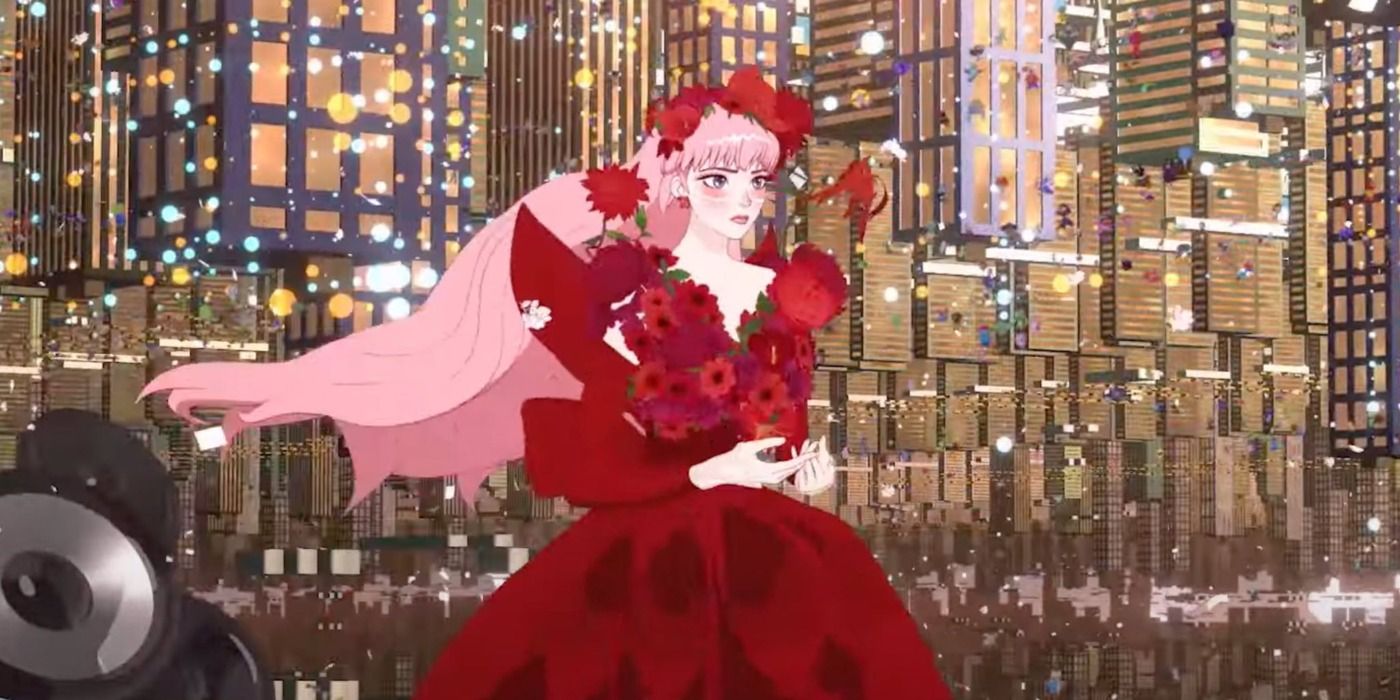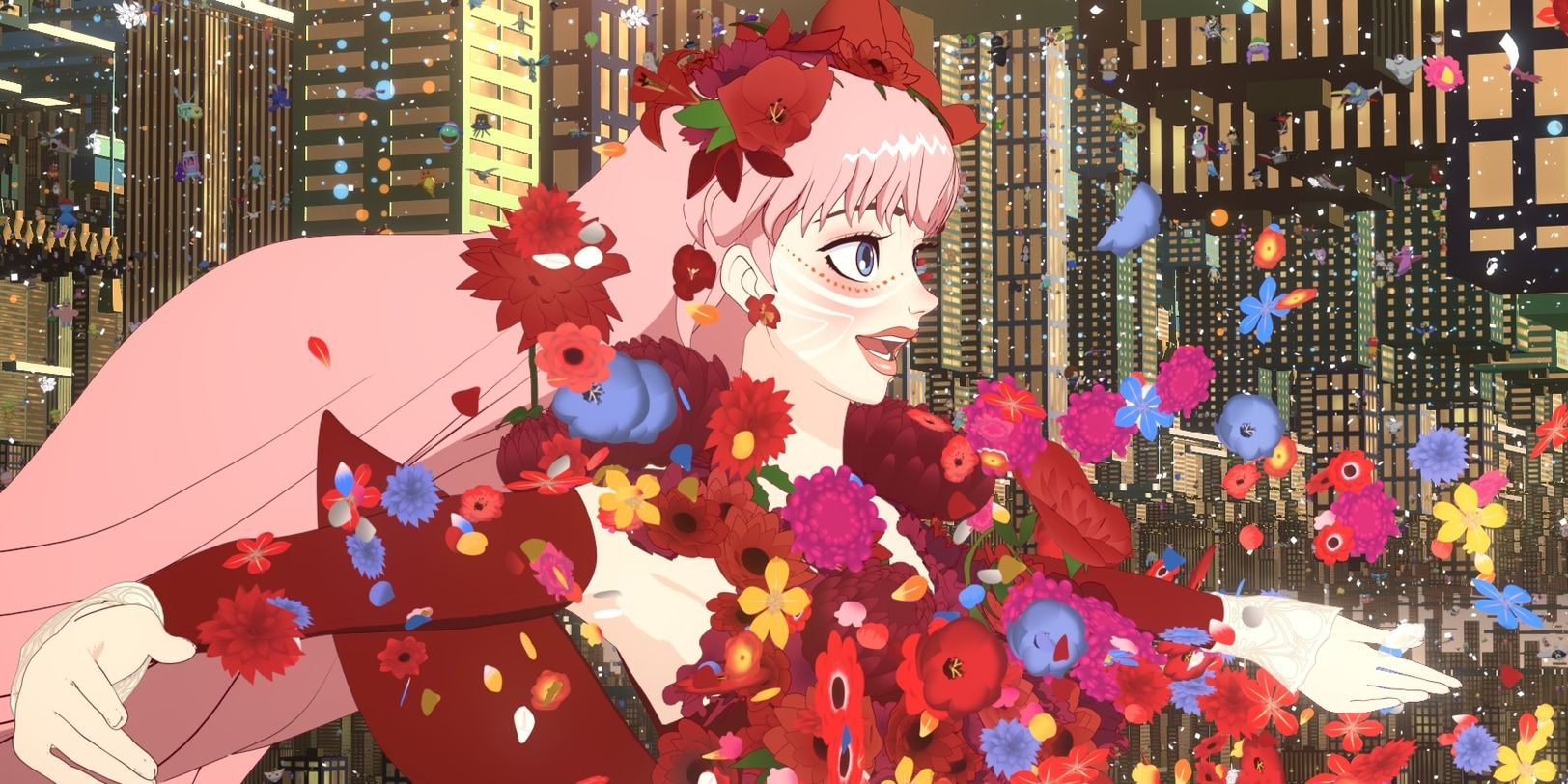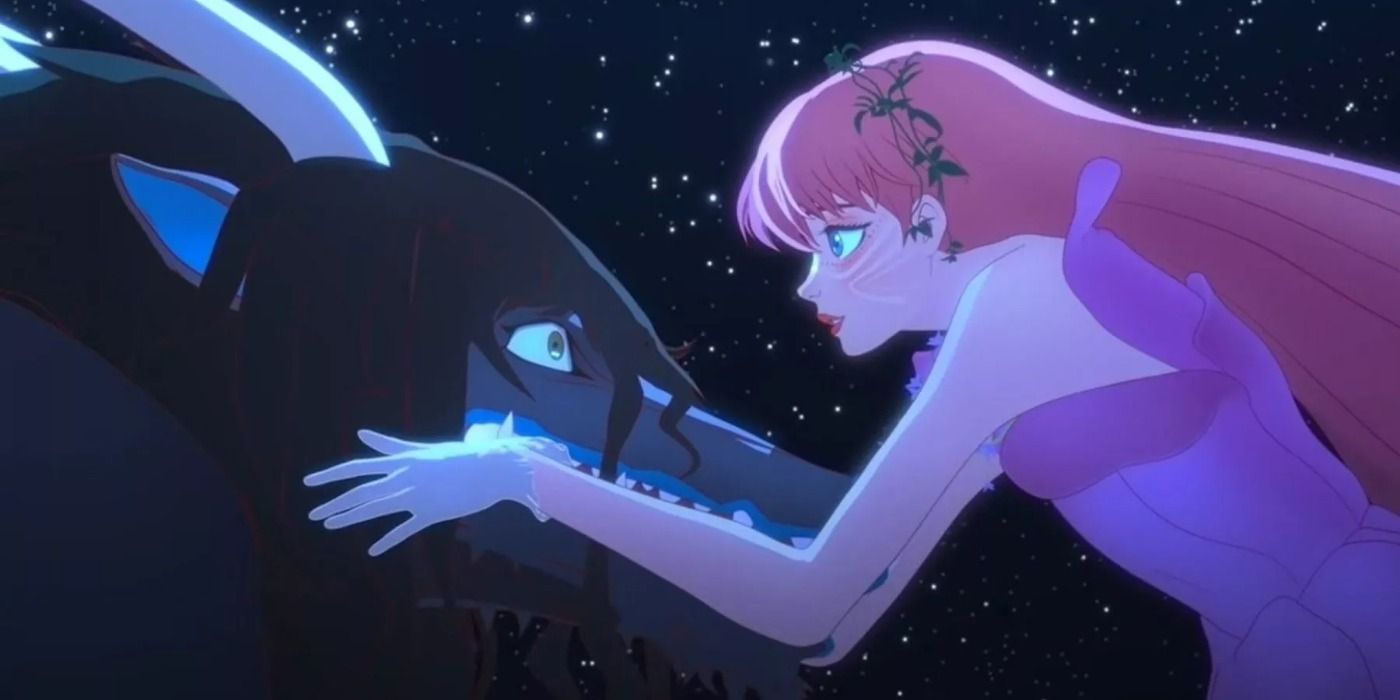Director Mamoru Hosoda's latest film Belle was undoubtably 2021's breakout anime movie hit. From the reported 14-minute standing ovation at Cannes Film Festival to its $1.65 million opening weekend at the box office, Belle is Hosoda's most successful US movie release. It is often praised for its gorgeous animation and art style, and on first glance the sci-fi fantasy film is nothing short of beautiful.
Nonetheless, no movie comes without critiques. One of the main complaints critics have had about Belle is the storyline. With that being said, the question remains: would it still be a watchable movie without all of the grand spectacle?
Belle certainly had promise while establishing itself as a retelling of Beauty and the Beast in a digital world. In a way, it also showed elements of Cinderella with normal high schooler Suzu Naito's beautiful persona Belle in the virtual world of U. She is a stunning and popular singer in this fantasy realm, but in the real world she's a high school student who alienates herself from her peers and cannot bring herself to sing.
This is due to a childhood traumatic event that resulted in the untimely death of her mother as she tried to save a drowning child from a river. As a result, Suzu grew up thinking her mother abandoned her for the other child and had a hard time adjusting socially with her classmates. After she discovers the world of U, the AI program generates a gorgeous, pink-haired songstress and upon realizing she can sing again, Belle/Suzu quickly gains internet fame.
With the help of one of her few friends, Suzu organizes a concert for her newfound fans. The event is successful -- until it's dramatically crashed by a dragon-like avatar nicknamed The Beast, who is running away from a group of vigilantes. Intrigued by this being, Suzu seeks him out to get to know and understand him, and thus blossoms the Beauty and the Beast arc. These two separate story arcs are supported by absolutely stunning animation.
Many of Mamoru Hosoda's most popular movies are known for incorporating both 2D and 3D animation. Belle, much like Summer Wars and the original Digimon movie, uses 2D animation to portray the real world and 3D for the digital realm. In Belle, the spectacle is truly in the 3D moments, especially during Belle's singing sequences and the fight between The Beast and the vigilantes. Yet this is all muddled when the twist is revealed: The Beast is actually a young boy and his brother, who are revealed to be physically and verbally abused by their father. The subversion of expectation is quite jarring to say the least, and although shining a light on child abuse is important, it feels completely out of left field in this movie.
Quite frankly, Belle is trying to be too many things at once. It starts off as a feel-good musical spectacular and moves toward what the audience believes will be a love story, then abruptly transforms into a darker commentary on child abuse where the main character saves victims by... singing.
After somehow successfully doing so, Suzu takes what she learns and speaks warmly to her father for the first time in years, and finds the courage to sing with her friends again. Many viewers would agree that the ending seems a bit hollow and literally performative. Without the spectacle and gorgeous animation, Belle likely wouldn't have gotten the level of praise that it did.
Had Belle stuck to its central plot of redemption and love, it may have become one of the best anime movies of all time. The narrative whiplash, however, was enough to make seasoned anime fans tilt their heads. Still, it has managed to captivate enough viewers to become a commercial success, and there is no doubt that its spectacle will set the standard for many anime movies to come.



